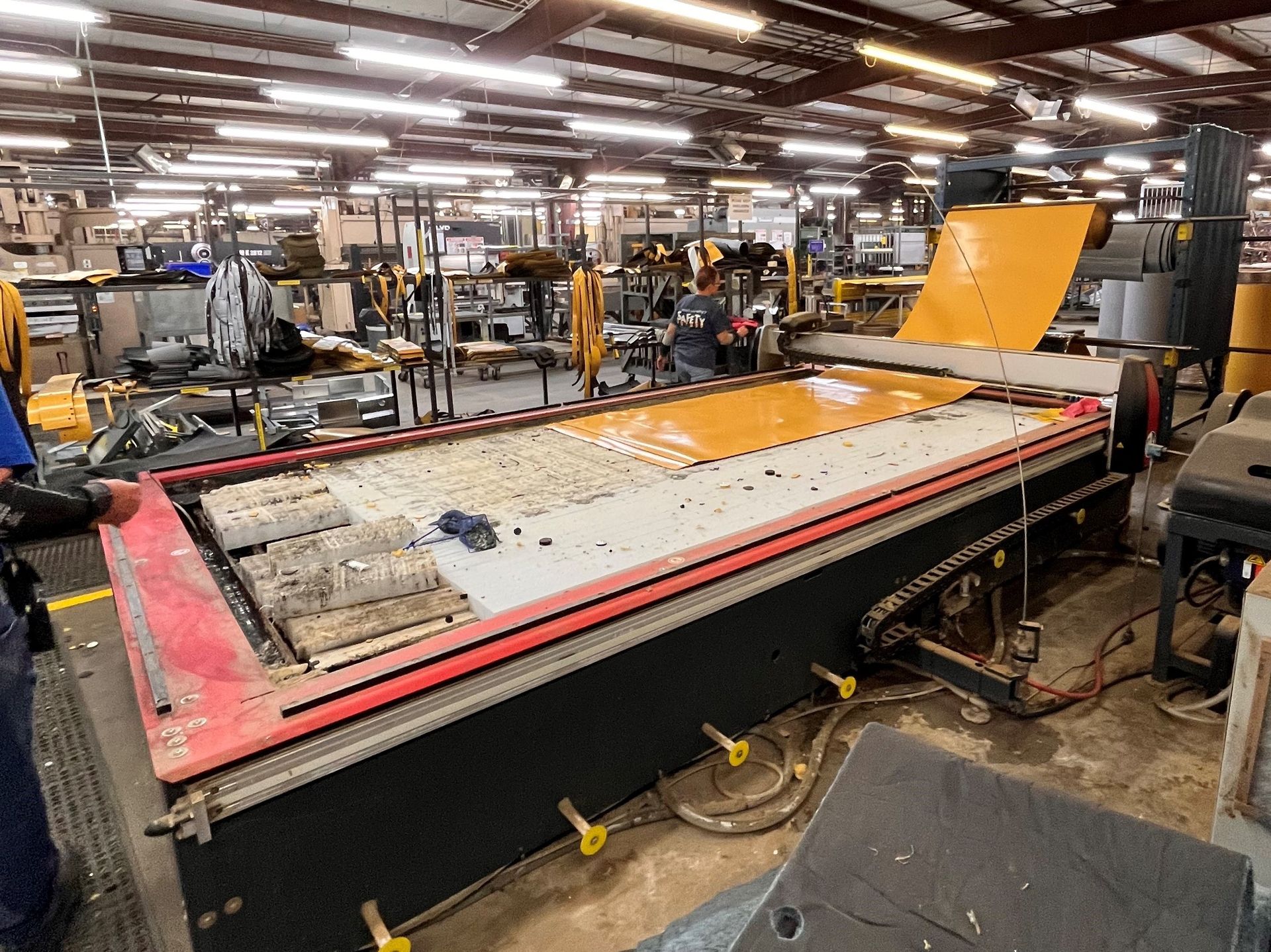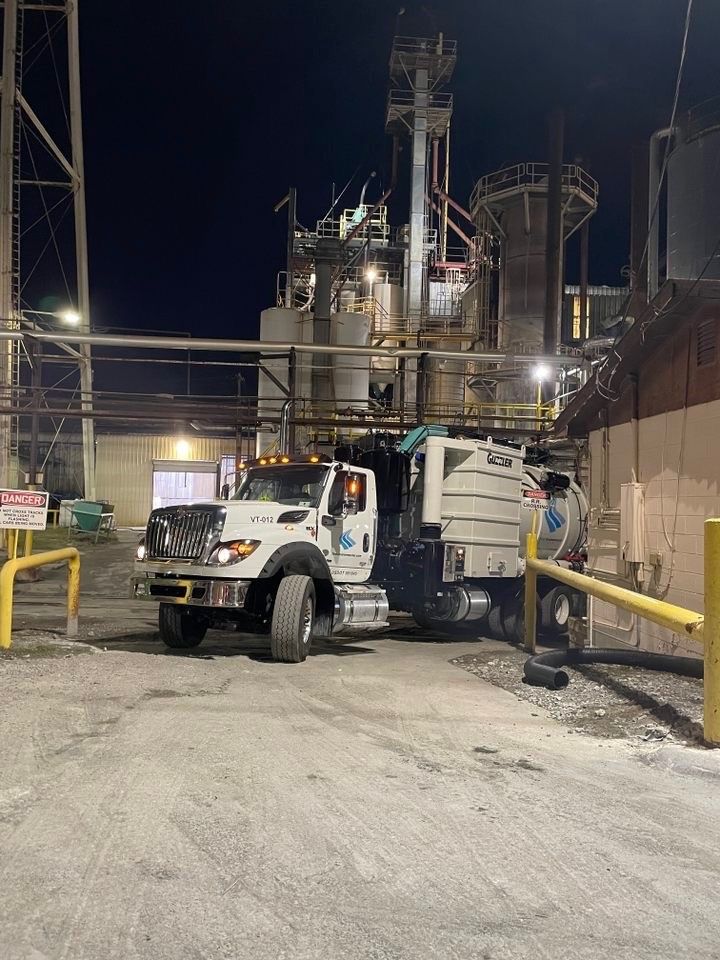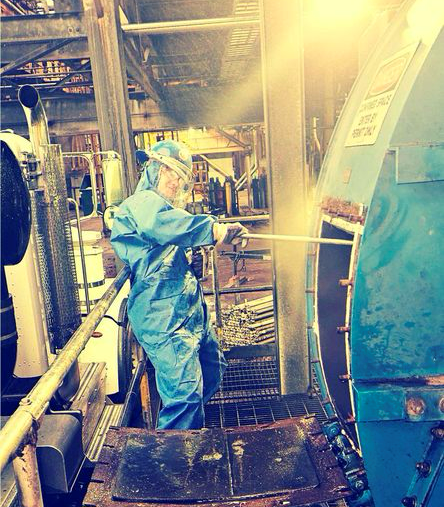Water Jet Cutting Table Cleaning
What is a Water jet Cutting Table?
As the name suggests this is a cutting system that utilizes a stream of high-pressure water to gradually slice through a material. While not the quickest method of cutting it is known for its extreme precision and maneuverability. This makes it the preferred cutting method for many applications both industrial and otherwise. There is a nearly endless variety of cutting table configurations. Some are small enough to be placed on a desk in the office while others are closer to the size of a shipping container. The levels of water pressure used by these systems also vary greatly, with most staying in the 30,000 to 90,000 psi range. On the high end this is strong enough to cut through steel up to about 10 inches thick. The power and flow of the water is incredibly strong, but to cut faster and more accurately it must be mixed with at least one of a variety of abrasives. This is why the water is mixed with an abrasive. Some of the most common abrasives include garnet, sand, coal slag, or glass because they are naturally quite hard, angular and flow well in water.

Parts of the Cutting System
The main components of the cutting table are the water pump, abrasive hopper, gantry, cutting head, table, and the catch tank. The pump provides the pressure to the system while the abrasive mixes in the cutting head right before exiting the nozzle. The cutting head is positioned by the gantry. The gantry is the moving bridge over the table structure. The table simply works to hold the material being cut. It is typically made of slats that must be replaced periodically as they are also cut by the harsh blast of the stream. The last component of the table is the catch tank. This often-overlooked component is where First Environmental comes into play.
Maintenance of the Catch Tank
As the automated table cuts away at the material there is a slow and steady build up of the spent abrasive in the catch tank. Falling into the tank are the small often sharp shapes being cut out and the ultra-fine particles of the object as they are removed. This leads to a serious maintenance question. “How to remove this accumulating material?” While there are systems that can remove these particles, they are often cost prohibitive or not suited for certain applications. This means that over time there will be a buildup of sludge in the tank. This sludge can be very difficult to move as it is made of extremely dense, fine particles that do not retain water. Once settled the best way to remove this material is with a vacuum truck.
A vacuum truck operated by a small crew can typically remove this stubborn sludge from even the biggest of cutting tables in a single day. The crew will use either high pressure or high flow water to agitate the material and allow the pull of the
vacuum truck to lift the material out of the tank and into the truck of a vacuum box for disposal.
Provided by G Brown from our field evaluation team.





